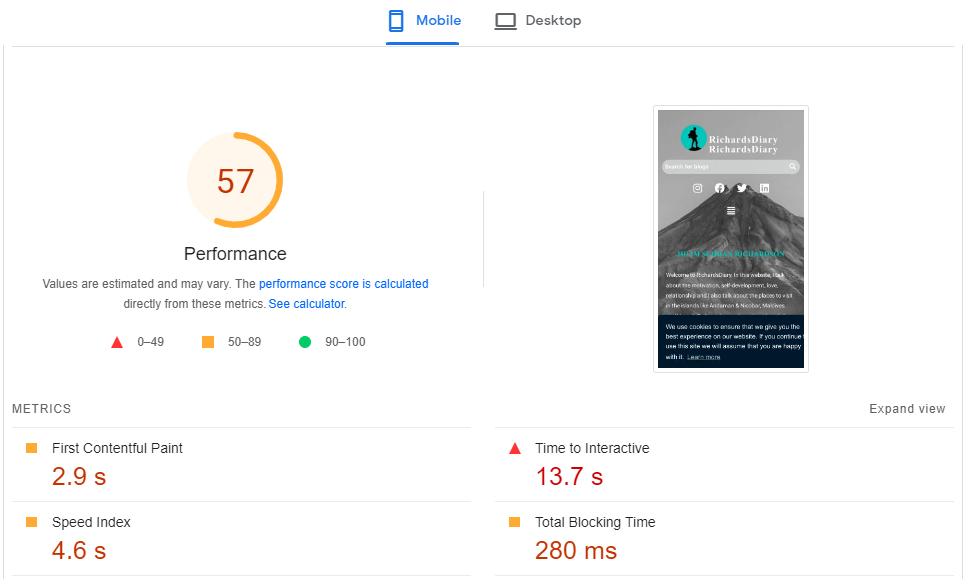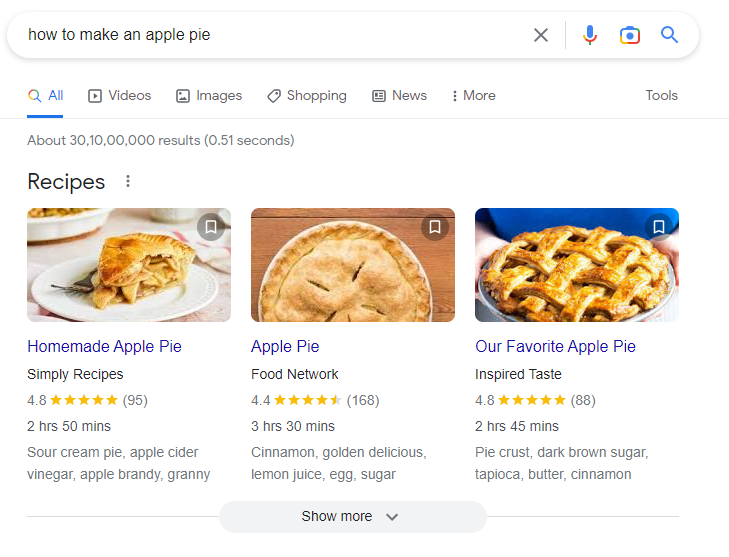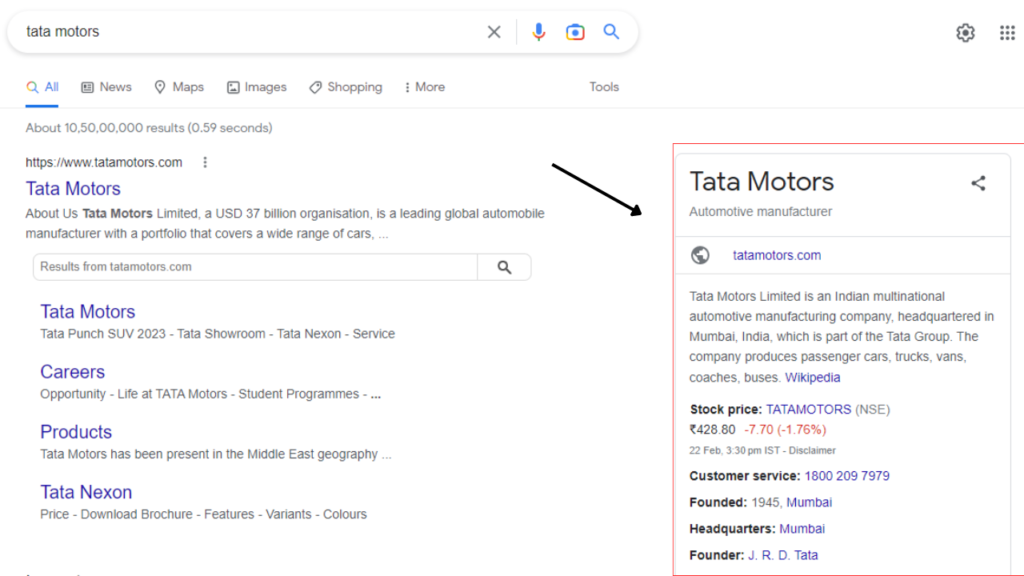
Search engine optimization, or SEO, is the act of making site content more visible and competitive in search engine results on pages. Several best practices should be considered when producing SEO content. We’ll look at some of the most important techniques, and this is how to get good quality SEO white paper.
Table of Contents

What is SEO White Paper? 4 Best Practices For Content SEO
You might be wondering what is SEO white paper. Why it is crucial? SEO White papers are authoritative digital booklets that help you to be recognized by Google.
It enhances the SERP rankings during industrial searches and boosts the SEO factors by increasing visibility and traffic among the target audience.
Identifying the terms and phrases that consumers use to seek goods, services, or information online by conducting keyword research.
Being able to optimize a website’s content to rank better on search engine results pages (SERPs) for pertinent keywords makes it a crucial component of any SEO white paper plan.
To conduct keyword research for white paper SEO, follow these steps:
Brainstorm
To begin, make a list of pertinent themes and subjects that are connected to your company or website. Consider your target market, the goods or services you provide, and any issues or inquiries they could have.
Use Keyword Research Tools
A variety of tools are available that can assist you in coming up with keyword suggestions and providing information on search traffic and competition.
Google Keyword Planner, Ahrefs Keyword Explorer, SEMrush, and Moz Keyword Explorer are a few common tools.
Examining the Search Intent When choosing keywords before considering SEO white paper, take the user’s search intent into account.
Are they trying to make a purchase, looking for information, or looking for a certain kind of service? Long-tail keywords that represent the user’s search intent can improve the likelihood of appearing higher on search results.
Suggested Reads – What is a Citation and How it Helps Your Business
1. Prioritize Keywords That Are Relevant
When you have a list of potential keywords, order them according to their importance and search volume. Concentrate on the search volumes and keywords that are most important to your company.
After you’ve optimized your website for a certain keyword or phrase, keep track of how those keywords are doing over time. You may use this to determine which phrases are generating the most traffic and which might benefit from additional optimization.
You may do efficient keyword research for SEO white paper and optimize your website to appear higher on search engine results pages by following these steps.
2. Publish High-Quality Material
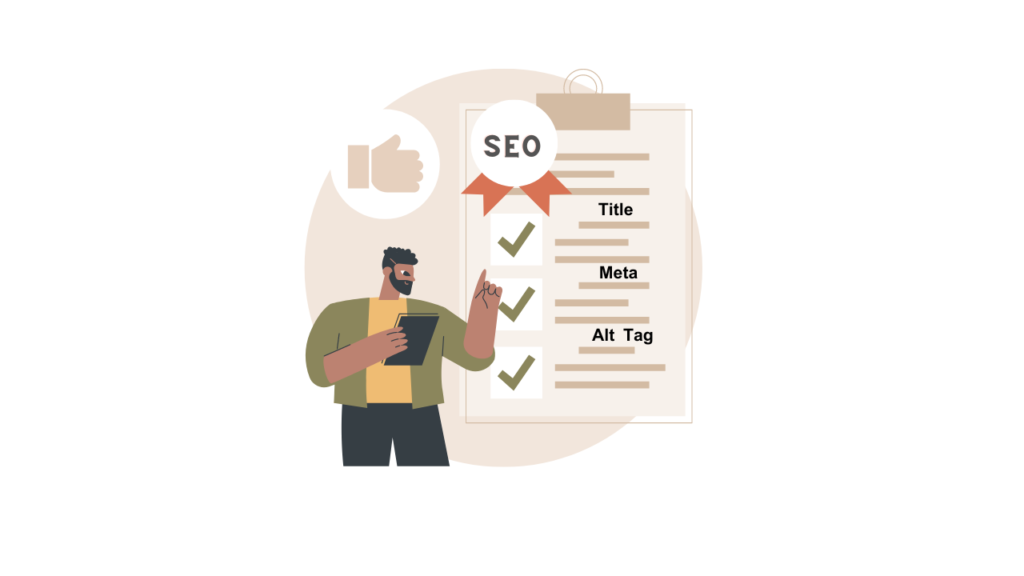
Who doesn’t like to read a well-researched and informative article? After you’ve determined your target keywords, publish good content that is well-written and benefits your audience.
To make your content more engaging, use clear, simple language to make it easily readable and incorporate photos and videos contributing to unique content writing elements.
Use your target keywords in your content’s title, headings, meta descriptions, and throughout the text to optimize it.
Stay moderate, though, as search engines may consider this spam. SEO white paper loves to include the quality aspect under its main factor!
Also, read our blog on Leading 6 SEO Providers in the Market 2023
3. Use both internal and external links

Links from within and outside of a website are crucial to its SEO strategy. Here’s how to utilize their part in SEO white paper successfully :
Link to pertinent internal information on your website to make it easier for search engines to grasp the relationships between the various pages and the structure of your website.
Use descriptive anchor text: To help search engines comprehend the context of the linked page, use descriptive anchor text (the clickable words in the link).
Link from popular pages
Links from popular pages can direct users to other pages on your website.
- Make use of a sufficient number of links: Use a modest number of internal links on each page to prevent providing too many choices for visitors.
- Link to credible sites through external links to provide your visitors more value and to let search engines know that your information is reliable and of high quality.
- To help search engines comprehend the context of the linked page, use descriptive anchor language.
Avoid linking to low-quality content or spammy websites
- Linking to low-quality or spammy websites might undermine the credibility and authority of your website.
- Linking to competitors should be done with caution because it may cause traffic to your site to leave.
In general, internal and external links can assist your website’s SEO by giving your content context, authority, and trustworthiness.
You can use them wisely to increase your website’s exposure on search engine results pages and give your visitors helpful information.
Most of them consider external linking as an off-page factor but actually, it is also one of the On-page factors so it falls under SEO white paper.
Suggested Reads – What To Do After Keyword Research To Boost On-Page SEO?- 6 Best Ways
4. Technical Element Optimization
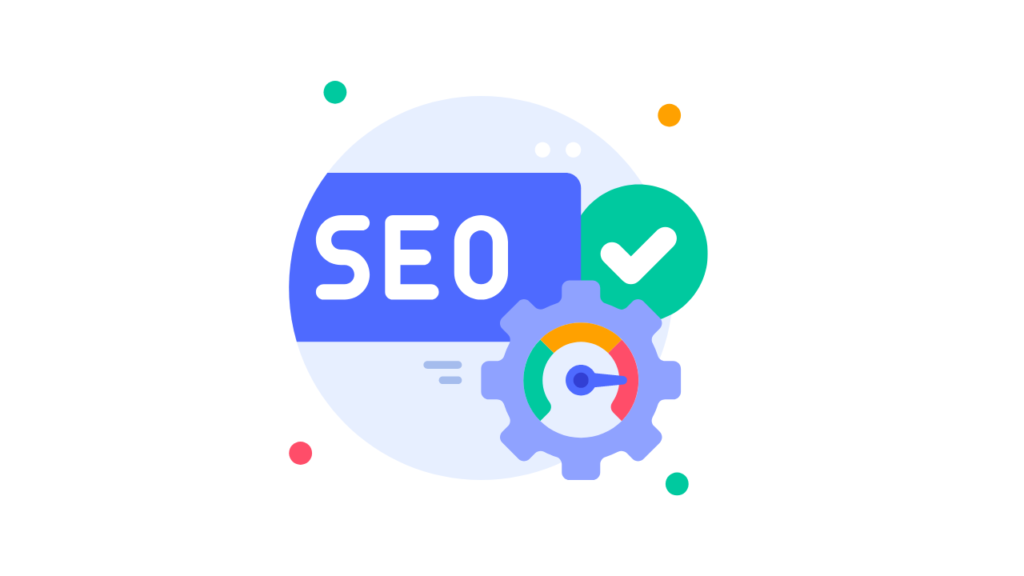
Technical element optimization is a crucial component of SEO white paper. It is important to take care of technical optimization because it will assist in improving page rankings. Here are the main technological components that are involved in technical SEO optimization:
Mobile Optimization
Mobile Optimization is crucial since more and more people are utilizing their mobile devices to explore the internet. Make sure your website is user-friendly on smaller displays, mobile-responsive, and loads rapidly on mobile devices.
Page speed
Page speed is a critical factor in SEO white papers. A slow-loading website can hurt your search engine rankings and lead to a poor user experience. Optimize your website’s speed by compressing images, minimizing the use of large files, and using a content delivery network (CDN).
Site structure
Ensure that your website’s structure is well-organized and easy to navigate. Use descriptive URLs, create a clear hierarchy of pages which is also known as breadcrumbs for a website, and use a sitemap to help search engines understand the structure of your website.
Make your website’s title tags and meta descriptions more pertinent, distinctive, and alluring by optimizing them. To increase your click-through rates (CTR) on search engine results pages, use pertinent keywords and give a precise description of the page’s content which could benefit SEO white paper strategies.
Use schema markup to make it easier for search engines to comprehend the material on your website. Search engines can more easily present relevant information in search results because of schema markup, which gives them additional context and information.
HTTPS
Make sure your website is secure and guards user information by using HTTPS. Additionally, search engine algorithms use HTTPS as a ranking component. This is also one of the critical factors when it comes to SEO white paper technical factors
Use a robots.txt file and an XML sitemap to assist search engines in crawling and indexing your website. The XML sitemap acts as a content road map for your website while the robots.txt file instructs search engines which pages to crawl and which to skip.
You may raise your website’s search engine relevance rankings, give users a better experience, and make it more visible in search results by optimizing the technical components of your website.
Analyze Your Site’s Analytics
Analyze your site’s analytics to follow its performance, spot areas that could use improvement, and modify your SEO white paper strategy as necessary. Tools like Google Analytics and Search Console can offer insightful information about the performance of your website.
You can generate SEO content that is valuable to your audience and optimized for search engines by adhering to these best practices. Keep in mind that whitepaper SEO aims to produce content that resonates with your audience and increases traffic to your website and expertise content, and to boost Google positioning of your posted content.
Improve your Content SEO through SEO White Paper
Now, you might have already learned about white papers. It is a detailed report having a description of a complicated topic with proper research. Many SEO experts use SEO white papers as the best way to improve SERP rankings.
These practices will help the users to find relevant information on Google. What makes the white paper different from other types of content are, it helps the users by giving proper solution for their issues.
Through effective brainstorming and utilizing the keyword, research tools will help in creating great SEO white papers.
But it’s important to keep in mind, your content should not compromise on its quality. You could use a content quality checker to determine its chance of ranking high.
Are you looking for some effective link building and SEO services for your business? If yes, then here we present linksprout.io. We are a group of SEO experts and marketing professionals who will be a great fit for your business.



